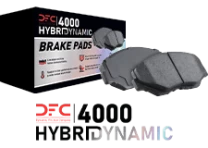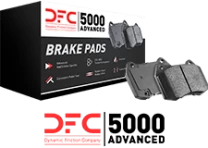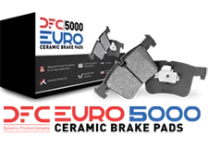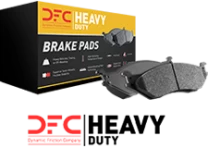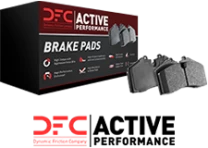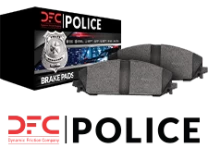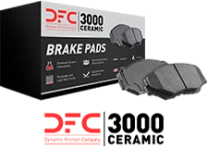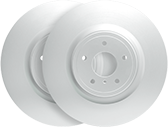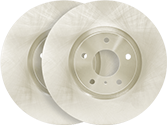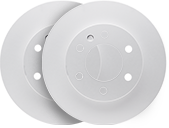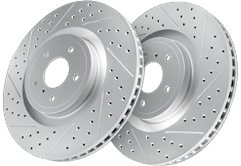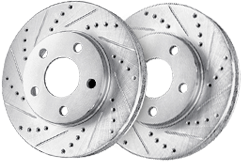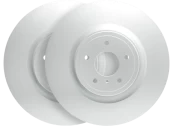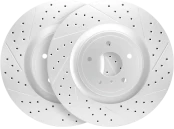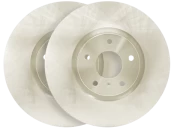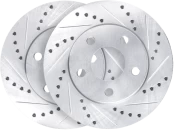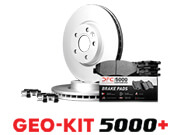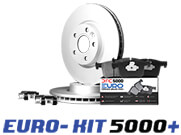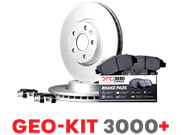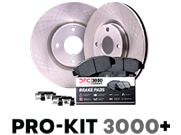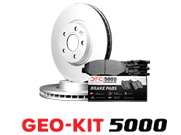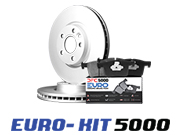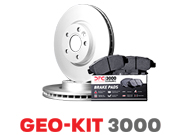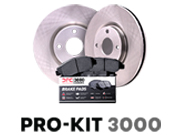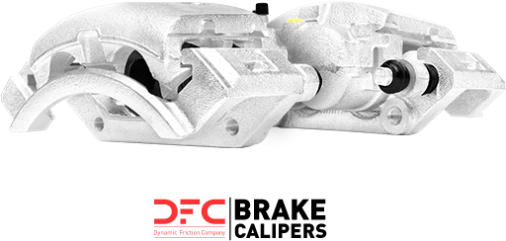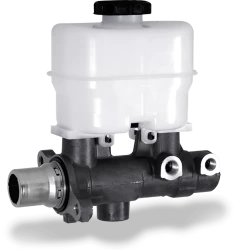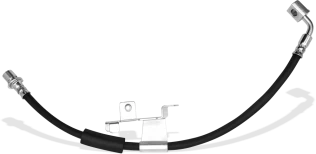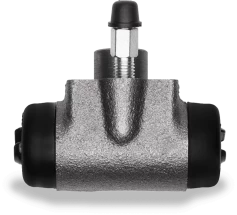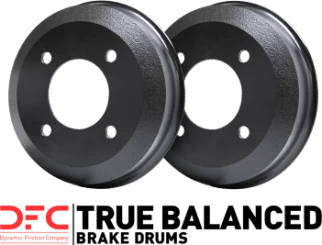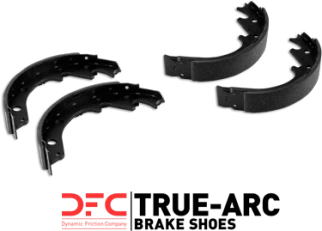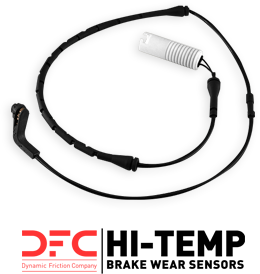performance and maintenance. This side-by-side evaluation provides a no-nonsense comparison of cost, durability, and performance to guide you in selecting the ideal rotor material tailored to your driving needs.
Key Takeaways
- Ceramic rotors offer superior braking capabilities, high heat capacity, and a consistent performance, particularly in luxury and high-performance vehicles, but come with a high cost due to complex manufacturing processes.
- Iron rotors, including cast iron and high carbon variants, provide a cost-effective and durable solution with good heat dissipation properties, but they are heavier and may contribute to noise and vibrations.
- Choosing the right rotor material depends on vehicle type, driving habits, manufacturer recommendations, and environmental factors; ceramic rotors generally last longer and perform better at higher temperatures, while iron rotors are more affordable and practical for everyday use.
Ceramic Rotors: Pros and Cons

The conversation about performance and luxury often leads to carbon ceramic rotors. These rotors, recognized for their ability to withstand high heat, deliver consistent force and pressure even when temperatures soar. This results in a smooth and dependable driving experience. Ceramic rotors have become synonymous with top-tier luxury cars as well as high-performance sports vehicles due to their outstanding braking abilities.
Such excellence does carry a significant cost. Carbon ceramic brake components come with a substantial price point that reflects the complex production processes and advanced materials required to create them. For those who push their vehicles on race tracks or seek steadfast performance day-to-day, investing in carbon ceramic is not merely an option, but rather an embodiment of commitment toward lasting quality and unrivaled performance.
Carbon Ceramic Brake Discs
Braking systems that utilize Carbon Ceramic Matrix (CCM) brake discs are crafted with high-performance ceramic rotors tailored to meet the demands of everyday road vehicles. The standout characteristic of carbon ceramic brakes is their excellent ability to generate friction at typical driving temperatures, coupled with a strong resistance against the wear and tear caused by brake pads. Even these robust braking components have vulnerabilities. When contrasted with carbon-carbon brakes—each possessing its own strengths and weaknesses—it becomes evident they serve better in particular contexts where the role played by the carbon-ceramic disc is critical for optimal functioning.
During intense use, such as on race tracks, CCM discs may encounter challenges from oxidation when exposed to extreme heat levels. This oxidative process can damage their surface integrity and possibly diminish their longevity in demanding racing scenarios.
Thermal Shock Resistance and Brake Fade
Ceramic rotors take the spotlight in the fight against brake fade, with their consistent performance at high temperatures and exceptional heat dissipation abilities. Ceramic brake pads, the perfect companions to ceramic rotors, are designed to reduce susceptibility to fading or warping, maintaining stability across a vast temperature range.
While they absorb less heat, potentially raising the temperature of the braking system, they compensate by maintaining performance and reducing brake fade, a testament to their resilience. With a higher friction coefficient than their iron counterparts, ceramic rotors promise shorter braking distances and quicker deceleration, even when under thermal pressure.
For those seeking the thrill of performance driving, the combination of high thermal shock resistance and a reduced tendency for brake fade makes ceramic rotors an exemplary choice, while layered steel rotors offer an alternative option for those with different preferences.
Silicon Carbide and Silicon Powder
Carbon ceramic brake rotors owe their exceptional functionality to the use of Silicon Carbide and Silicon Powder. Chosen for its remarkable properties, Silicon Carbide boosts the braking capacity by adding hardness and vastly improving thermal conductivity—key elements in managing heat effectively while also providing high wear resistance. Meanwhile, Silicon Powder is utilized as a base material in manufacturing these ceramic rotors. It guarantees that they possess the necessary density and grain structure needed to achieve ultimate strength and dependability.
The strategic combination of Silicon Carbide and Silicon Powder results in an optimal mixture that provides durability along with stable heat management properties. This fusion produces a carbon ceramic rotor well-equipped to handle the rigorous demands inherent to advanced braking systems.
Iron Rotors: Pros and Cons

Turning our attention from the modern realm of ceramics back to the conventional domain of iron uncovers a distinct set of advantages. Iron rotors, especially those made from cast iron, are highly valued in the industry for their:
- Readily available nature
- Cost efficiency
- Robustness against warping despite exposure to high heat—a notable characteristic
- Simpler production method that results in fewer imperfections relative to alternative substances
- Financial feasibility, rendering them an accessible option for widespread use
It’s important to note that these rotors come with certain compromises such as increased mass which may lead to higher levels of noise and vibration—considerations essential for individuals who prefer quiet and smooth rides.
Cast Iron Rotors
Traditionally, brake rotors have been fashioned from grey cast iron due to its unique mixture of carbon and flake graphite structure, which provides an optimal balance between affordability and functionality. These iron rotors are prevalent in the industry as they offer a cost-efficient alternative to pricier materials such as carbon fiber or ceramic while still providing excellent resistance against warping and efficient heat management.
Although their heft is noted, it doesn’t detract from the widespread preference for cast iron within the automotive realm. This is attributed to their superior performance coupled with economic advantages.
High Carbon Rotors
Advancements in iron rotor technology have given rise to the high carbon variant. By increasing the carbon content, these rotors gain enhanced thermal conductivity, which aids in swift heat dissipation—a critical factor for maintaining brake performance under stress. The high carbon content serves a dual purpose, transforming into graphite under heat and pressure, which acts as a natural lubricant. This reduces noise and vibrations during braking, contributing to a more pleasant driving experience.
High carbon rotors have several advantages.
- They can withstand high temperatures without a dip in effectiveness
- They are durable and resistant to thermal deformation
- They contribute to the reliability of the system
Comparing Ceramic and Iron Rotors: Performance, Cost, and Longevity
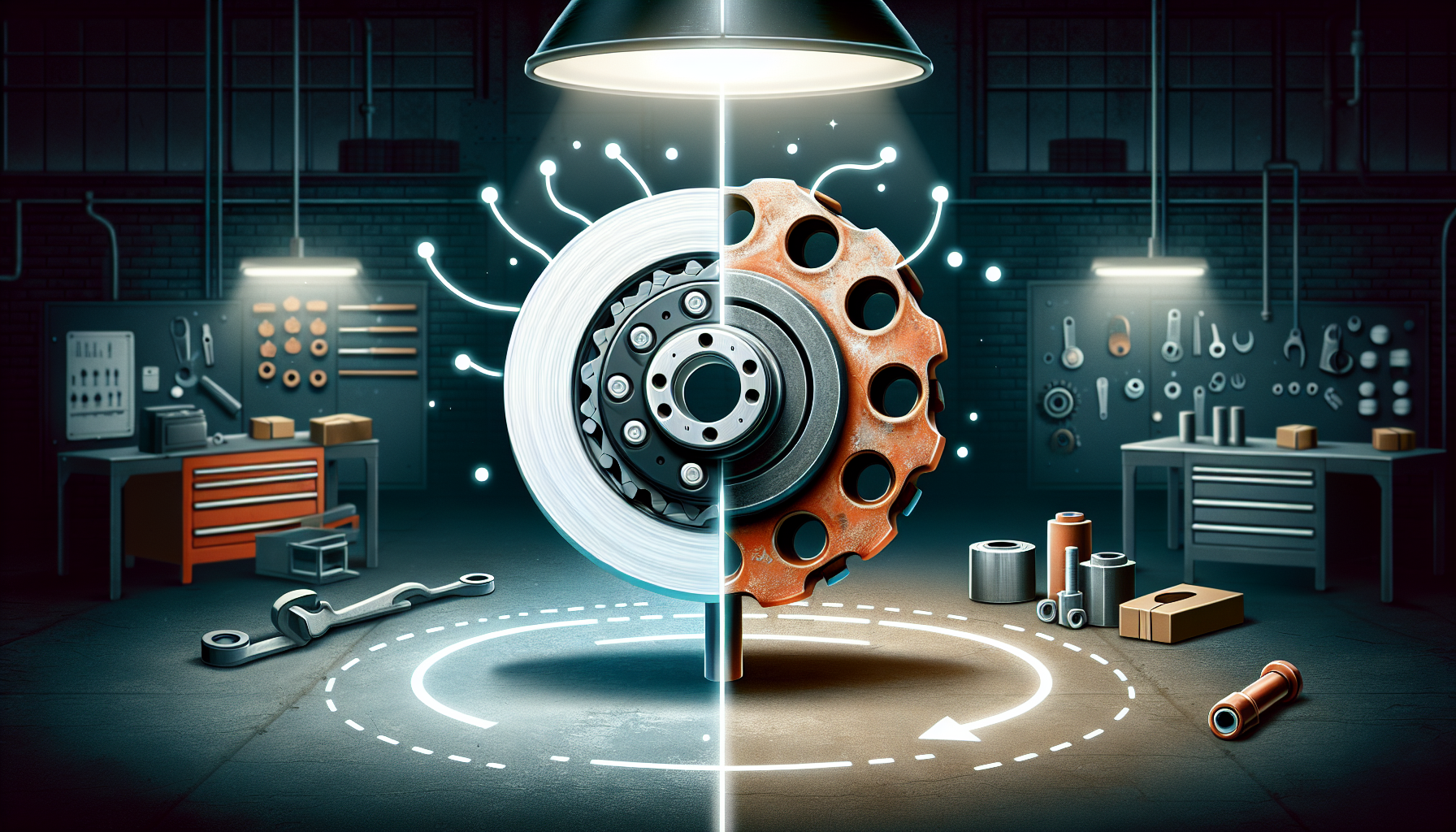
Iron and ceramic rotors each bring distinct benefits to the table when it comes to braking. Ceramic rotors stand out by providing shorter distances during braking along with exceptional handling of heat, whereas iron rotors are praised for their combination of lasting durability and cost-effectiveness.
The key attributes that make iron rotors commendable include:
- High thermal conductivity
- Robust mechanical strength
- Enduring longevity
- Economical pricing
- Resistance against wear
They deliver an attractive value package that is difficult to overlook and have demonstrated impressive endurance over time.
Braking Distance and Pedal Feel
When deceleration from 62 mph is critical, the braking capability of your rotors becomes paramount. The advantage of ceramic rotors is highlighted by their ability to bring a vehicle to a halt potentially up to 10 feet sooner than iron rotors—an interval that could prove vital in saving lives.
Maintenance and Replacement Costs
Ceramic brake rotors boast exceptional durability, with their lifespan often extending three to four times that of traditional iron rotors. In some instances, they can even surpass the service life of the vehicle itself. And iron rotors. Need replacing after roughly 62,000 miles, ceramic ones have the potential to perform for up to an impressive 200,000 road miles under typical street driving conditions.
When considering upkeep benefits, ceramic brake components again emerge advantageous. Specifically, their associated pads generate considerably less visible brake dust and are less prone to sticking onto wheels. Nevertheless, these advantages come at a premium—the costliest among various friction materials—and there’s also a risk: if paired with non-corresponding quality rotors then excessive wear may occur.
Choosing the Right Rotor Material for Your Vehicle
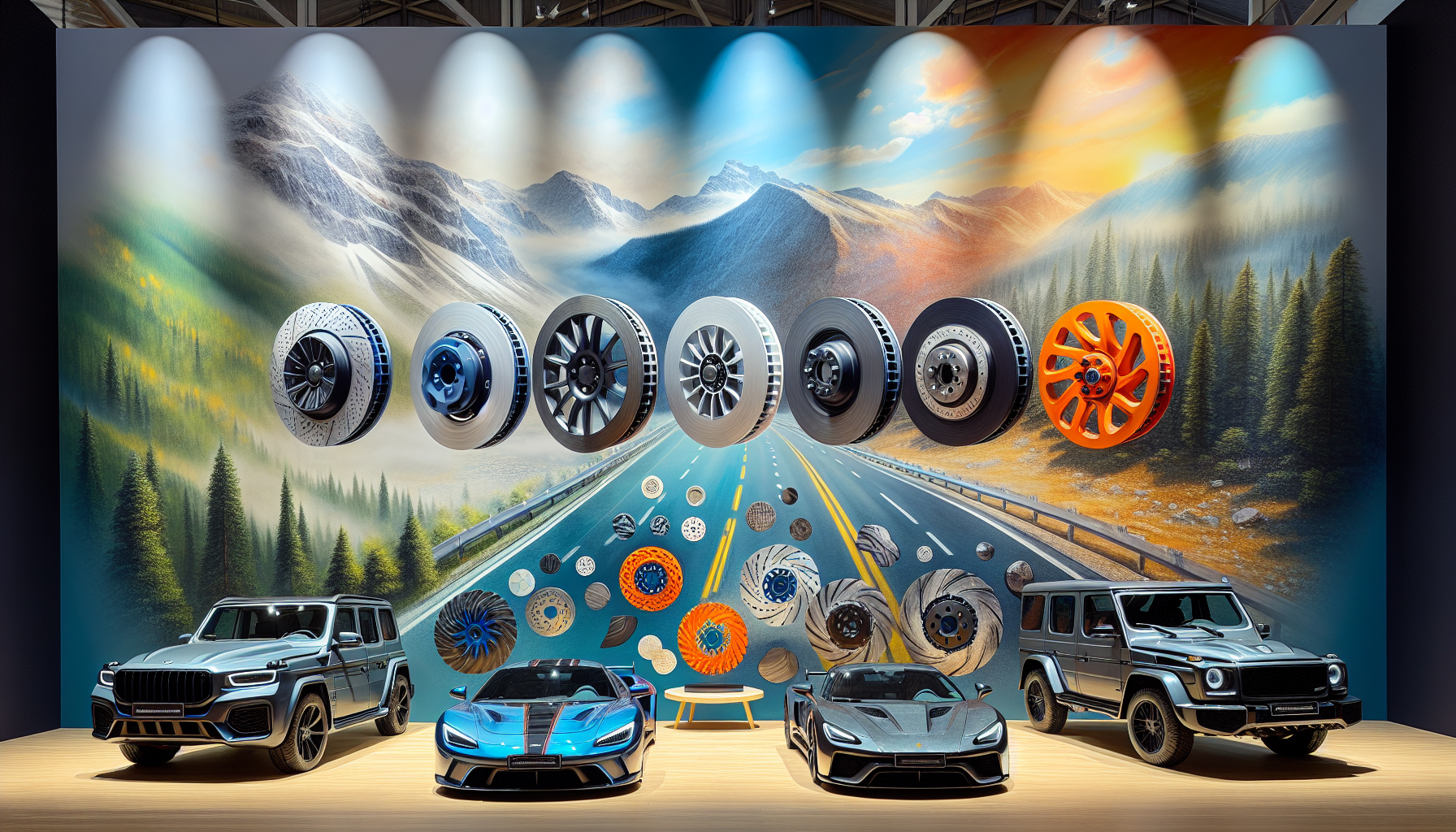
Selecting the perfect material for rotors is a decision influenced by diverse elements. There isn’t a one-size-fits-all answer. This choice depends on the particular type of vehicle, driving habits that can range from high-octane performance drives to everyday commuting routines, and environmental conditions that affect both safety and how well the rotor performs.
The guidance provided by manufacturers is crucial in this process as well. They offer recommendations which are critical for ensuring that not only do you choose a compatible rotor material but also one that promotes peak performance specifically designed for your car’s specifications.
Manufacturer Recommendations
Adhering to manufacturer guidelines is crucial when selecting rotor materials, with aluminum rotors often being the suggested choice. This advice considers environmental conditions such as salt and water exposure, which can greatly impact the life span of your rotors.
Ceramic brake pads, for instance, are renowned for their outstanding durability and resistance against these factors. They conform to manufacturer’s recommendations ensuring enhanced endurance. On the other hand, semi metallic brake pads provide a distinct array of benefits worth considering.
Driving Conditions and Weather
Driving dynamics are perpetually evolving, with variables like weather and road conditions greatly affecting the experience. For example, ceramic brake pads might exhibit reduced gripping capabilities in cold environments, which can negatively affect braking effectiveness. The presence of humidity is also a stealthy foe for brake rotors. Elevated levels of moisture contribute to adhesive wear while insufficient humidity causes fatigue wear.
Regular city drivers who encounter many stops need reliable performance from their rotors, whereas those driving through hilly areas should seek out rotors designed to excellently dissipate heat. When selecting the composition for your car’s brake rotors, it’s essential to consider both your driving habits and environment carefully.
Upgrading Your Braking System: Factors to Consider
When contemplating enhancements to your vehicle’s braking system, consider that performance gains aren’t solely achieved by replacing the rotors. A thorough assessment and upgrade of the entire braking system—including pads, calipers, lines, and even the brake pedal—is necessary for a truly upgraded performance. The use of heavier ceramic rotors can be particularly beneficial in improving vehicle handling as they contribute to reducing unsprung mass. Equipping larger calipers with more pistons could significantly bolster stopping power through enhanced pad-to-rotor contact.
For standard vehicles on public roads, upgrading individual components within the brake system might suffice. However, high-performance automobiles often require a more substantial overhaul of their braking systems to fully enhance their operational potential. It’s critical before proceeding with such upgrades—especially when considering larger brakes—to ensure that these components will fit within your current wheel setup so as not to encounter any compatibility issues during installation.
Summary
In concluding our discussion, it is evident that the automotive industry has rightful roles for both ceramic and iron rotors within its braking systems. Ceramic rotors stand out due to their superior heat dissipation properties and durability, appealing to drivers who prioritize performance regardless of expense. In contrast, iron rotors provide a reliable and more economical option suited for everyday use. Selecting between them depends on factors such as the type of vehicle one drives, typical driving conditions encountered, and individual preference. It’s about striking an ideal equilibrium tailored to your personal driving story. Let this guide be your navigational aid in choosing a braking system that delivers not only safety but also optimal performance and serenity behind the wheel.
Frequently Asked Questions
Do ceramic rotors last longer?
Yes, ceramic rotors last at least three to four times longer than traditional rotors due to their composition and long lifespan.
What are the benefits of ceramic rotors?
Opting for ceramic rotors can enhance braking efficiency substantially due to their elevated friction coefficient, which translates into a shorter braking distance and faster activation of the brakes. This improvement in performance makes ceramic rotors an attractive choice for individuals prioritizing peak braking effectiveness.
What is the best material for rotors?
Due to their exceptional capacity for withstanding high heat, superior ability to dissipate it, and steady performance in various temperature ranges, ceramic brake rotors are often regarded as the optimal choice for rotor material.
How often do iron rotors need to be replaced?
Depending on driving habits and conditions, iron rotors require replacement at approximately 62,000 miles, although this can fluctuate.
Will larger brake components fit my current vehicle?
Ensure that the compatibility of your vehicle’s wheel sizes is verified with any larger brake components before you proceed with their installation to guarantee they will fit and operate correctly.

 UNITED STATES
UNITED STATES
